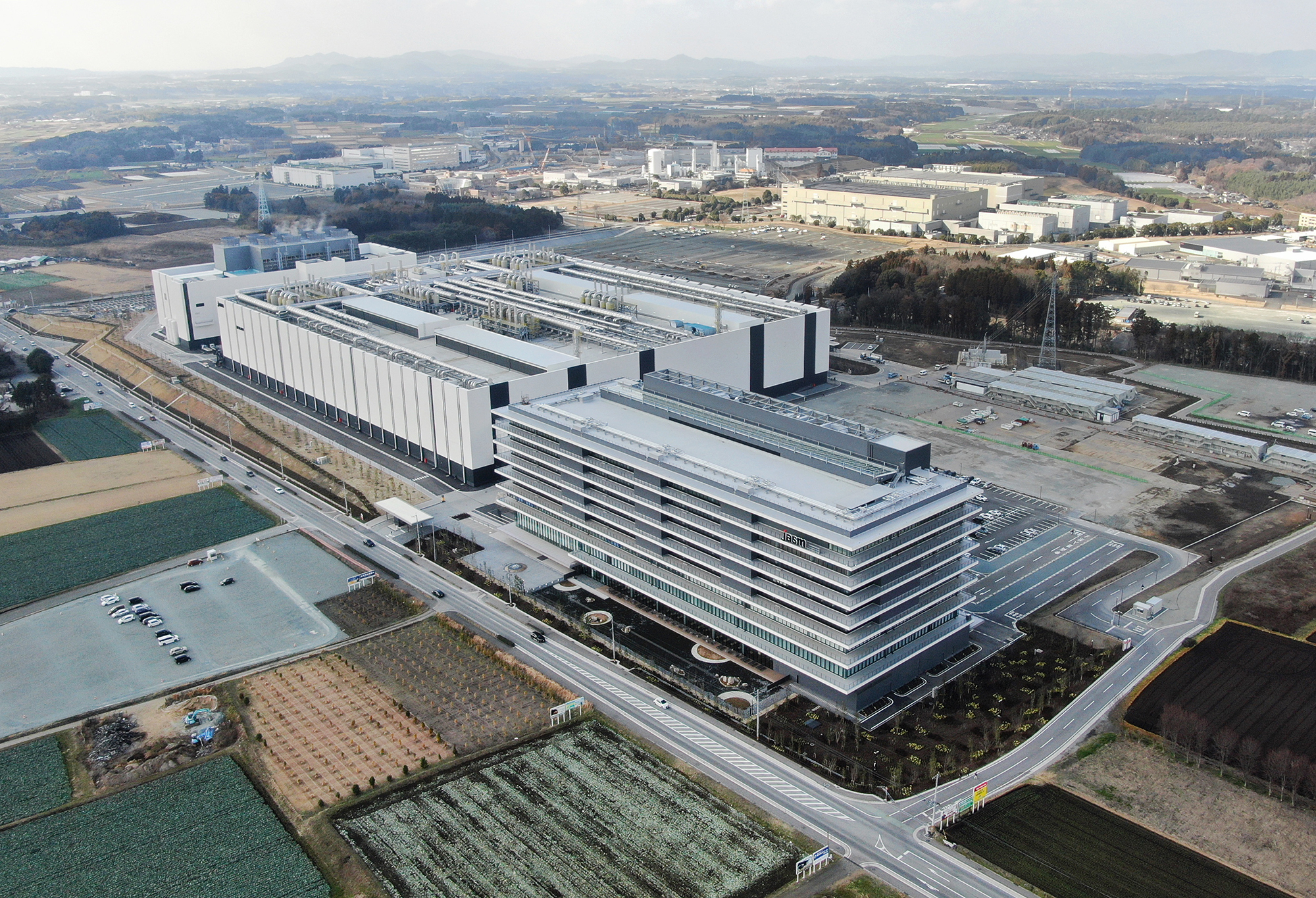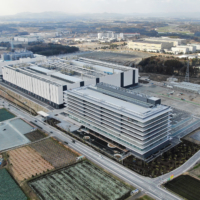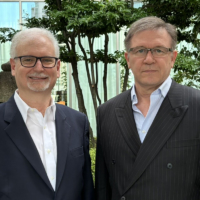While many of us know what a semiconductor is and generally how small they are, it is becoming transparently obvious that these tiny chips impact many parts of our lives. Their influence continues to grow as simple products become more complex and our world becomes more integrated. Their functions are taken for granted, from our alarm clocks to our media devices, and we should note that these chips are increasingly relied upon in the areas of transportation, communications, travel and entertainment.
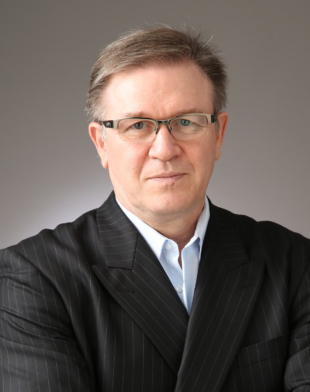
Here in Japan, we enjoy a world of modern home appliances and conveniences. Take, for example, our delivery systems — when a package is delivered to our home, we have multiple options for receiving and storing the item, never meeting the person making the delivery. Zooming out to view the progress of our modern conveniences, we may wonder, “How did we get here?”
Rise and fall of ‘Made in Japan’
The development of the semiconductor has moved at lightning speed. It all started in the 1940s and ’50s with the transistor, and later the integrated circuit, that gave rise to the concept of personal electronic devices. Then the rapid spread of calculators, televisions and all manner of gadgets and appliances started a revolution that positively impacted societies in ways no one could imagine.
Japan was a key driver of technologies that triggered waves of new calculators. This led to a rapid increase in power while devices became smaller each year. Throughout the ’70s and ’80s, “Made in Japan” and semiconductors became part of our vocabulary.
Japan, historically a nation known for developing, innovating and crafting high-quality products, applied its inherent and learned strengths to semiconductor design and manufacturing. This altered the entire industry, impressing established producers in Europe and America. Driven by its expanded market share in the ’80s, Japan became a leader in the semiconductor world. Its humble start in providing microchips for calculators and home appliances then led to a foray into the defense industry. Hyper-growth and the subsequent economic expansion of the 1980s provided Japan with a natural path into capital-fueled semiconductor investment — along with the support of favorable government policies.
The semiconductor industry is procyclical, so with a deep and prolonged economic recession, it came under severe pressure moving into the 1990s. Several key events disrupted development. First there was the Gulf War, followed by the 1997-1998 Asian financial crisis, both of which shocked the global economy. The late ’90s were also important as the appeal of personal computers grew rapidly. During this tumultuous period, the emergence of the four “Asian tiger” economies saw explosive economic growth and the entrance of Taiwan and South Korea into the semiconductor industry, giving rise to strong competition for Japan. As a result, Japan’s market share sank to approximately 20% from its once dominant 50% share.
Engineering a comeback
Fast-forward to the pandemic era, where domestic and international policy initiatives in 2021 and 2022 signaled significant and positive changes for Japan and its allies.
In May 2021, over 100 members of the Diet worked with the private sector to start building a foundation for a resurgence of Japan’s semiconductor industry. Members of the private sector were invited to give recommendations along with government officials on this new project. This legislative group with senior members of the Liberal Democratic Party at its core received support from then-Secretary-General Akira Amari. This group, working with the Ministry of Economy, Trade and Industry, hammered out a series of ideas that became what we now know as the Semiconductor and Digital Industry Strategy.
This foundational effort resulted in new ideas to secure public and private investments in microchips and clearly demonstrates Japan’s commitment to a future of leadership in the semiconductor industry.
Extensive collaboration
The Semiconductor Technology Expo in Kyushu, Japan, is a meeting of thought leaders and sponsors from METI, the Kyushu Bureau of Economy, Trade and Industry and the Kyushu Semiconductor and Innovation Council. These sponsors and more from Kumamoto, Oita, Okinawa, Saga and Kagoshima prefectures are coming together to discuss the future of Japanese semiconductors as they build a welcoming ecosystem for its revival.
The event will be a platform for members of the industry to not only exchange ideas, but also address ideas for university and technical college students who aspire to work in semiconductors or related industries. This exhibition is clearly an opportunity for information and technology exchange for the hundreds of professionals gathering in Kyushu, now home to over 400 semiconductor-related firms.
The expo will showcase the strengths of what some are already calling “Silicon Island” as we look toward a new renaissance based on collaboration between universities and the private sector. The words “collaboration” and “alliance” are often used when speaking to members of this ecosystem. And one can only be impressed by the long-term view expressed in the investment being made in college students who may be inspired to work in the semiconductor industry in the future. Kyushu has a long list of top universities with proven research programs and professors who understand the importance of the industry and its links to Japan’s manufacturing strengths.
Masaharu Shiratani, dean of the Institute for Advanced Study at Kyushu University, said: “Historically there has been a presence of semiconductor manufacturing in Kyushu, with NEC, Sony and Mitsubishi Electric having set up their businesses here. More recently, Taiwan, which has a well-developed semiconductor industry, saw Taiwan Semiconductor Manufacturing Co. build facilities in Kyushu.”
Kyushu is a natural destination for the industry because it has all the right resources to support all links in its vast supply chain.
“Kyushu has an abundance of resources that include electricity, water, land and of course human resources, that make it a natural place for semiconductor design and manufacturing,” according to Shiratani. “Kyushu is about the same size as Taiwan, with about half the population and a long list of similar resources, making it an atmosphere that is very much like Taiwan.”
Today, global leaders such as TSMC, Tokyo Electron, Ebara, ASML, Disco and Lam Research are moving staff and families to Kyushu at an increasingly fast pace, creating a building boom in Kumamoto Prefecture. While TSMC works on a ¥1 trillion ($6.7 billion) project in Kikuyo, the neighboring town of Nankan is seeing a facility being built by Japanese environmental and industrial machine maker Ebara Corp. Imagine these waves of high-tech firms moving into Kyushu and blending in with some of the most beautiful and lush forests in Japan. As Japan welcomes firms from Taiwan, the U.S. and Europe, the common goals of environmental protection and sustainability remain at the core.
“Kyushu has a tremendous opportunity to capture and monetize two trends: One is so-called friend-shoring (when supply chain networks are established in countries considered political and economic allies). This trend has become more pronounced after the COVID epidemic. The other trend is the move to sustainable manufacturing,” said David Semaya, executive chairman and representative director of Sumitomo Mitsui Trust Asset Management. “Many companies benefit from building new factories that are designed from the beginning to be sustainable, thus reducing their carbon footprint and hitting their carbon-neutral commitments.”
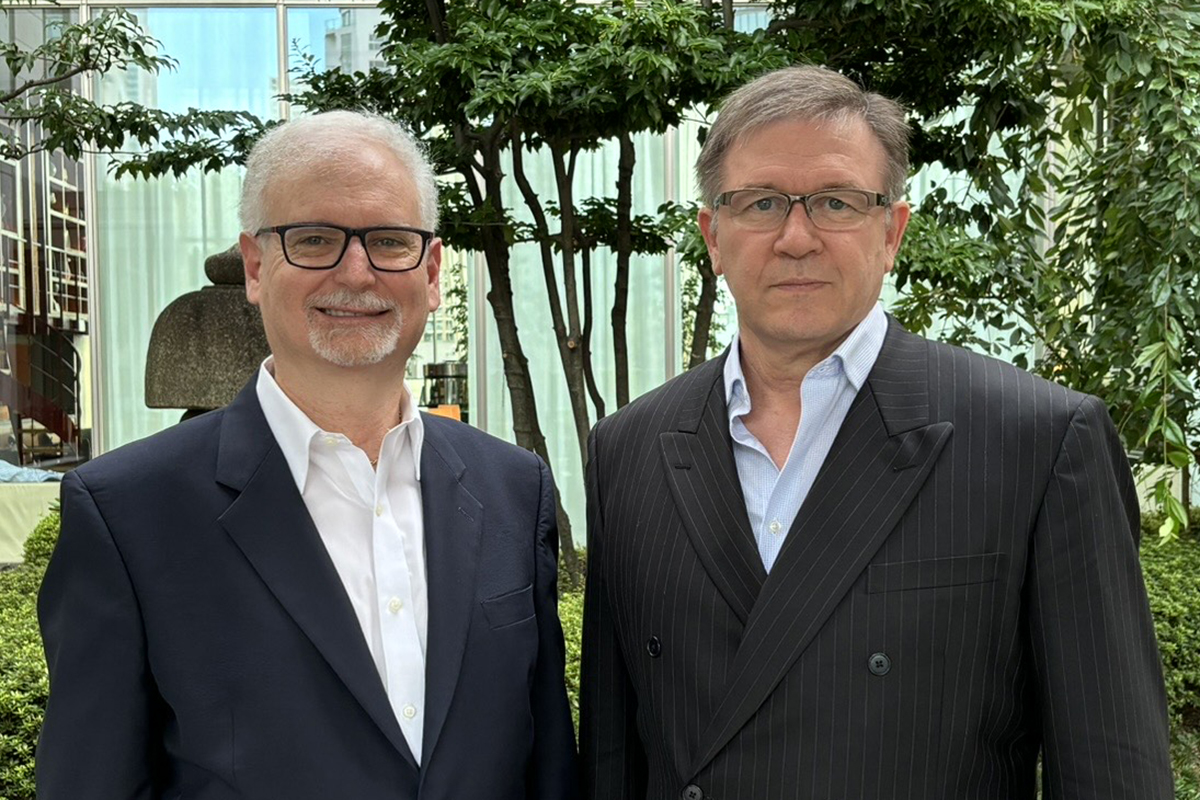
When looking at future businesses, the base of many will have semiconductors at their core. For example, with artificial intelligence being developed at firms like Google or Amazon, there will be strong demand and a growing need for semiconductors.
“The process of designing and manufacturing semiconductors is overwhelming so one country cannot do it on its own,” Shiratani said. “Now Japan is forging deeper ties with the U.S., with Holland, with Taiwan for deeper working relationships. Each country has natural strengths, so building strategic alliances with strong partners makes sense. Japan, for example, is a global leader in materials and fabrication equipment, as well as image sensors.”
Build it and they will come
Recently, in addition to all the companies coming to Kyushu, there are more people from the semiconductor industry visiting Kyushu University.
“About 40 professionals involved in semiconductors from Holland’s industrial firms have come twice to our university for joint discussions and collaboration. Also, there were semiconductor professionals coming from the U.S. who are participating in U.S.-Japan semiconductor workshops, on two occasions to discuss semiconductor design from a Japanese perspective,” Shiratani said.
These types of collaboration and knowledge exchange are well supported. As a part of the Group of Seven summit of leading industrial nations that was held in Hiroshima last year, the U.S. and Japan established the University Partnership for Workforce Advancement and Research and Develop-
ment in Semiconductors program along with such firms as Micron and Tokyo Electron with the purpose of workforce enhancement and R&D. Additionally, the potential synergies with the semiconductor expo mean more international workshops and exchanges will be a natural outcome.
“Kyushu is strong in semiconductors and autos, with many factories such as Nissan and Toyota being well established. From now into the future, automatic driving cars and electric vehicle technologies, along with Sony’s image sensors, will be important. And note that the concentration of these three technologies, here in Kyushu, makes it unique in the world. No other place has this type of development,” Shiratani said.
Japan is moving toward a new age of technological innovation. Just as crude oil was the core component of the Industrial Revolution, semiconductors will now be the new resource driving forward the technological revolution of the next two decades. Japan, historically having close economic and energy security ties, as well as new technology relationships with the U.S., Europe and Taiwan, paints a bright future for Kyushu. The Semiconductor Technology Expo will work to build a foundation that will allow Japan to become an even stronger partner to its industry peers globally.
Joseph Bodenheimer is the founder of Shodai Ventures in Tokyo. He is a graduate of Brigham Young University and, after mastering Japanese in Kyoto, built a career in investment banking. He now focuses onshoring, facilitating and fast-tracking relationships in the expanding ecosystem of venture capital, startups and institutional investors. He has developed an effective system of introducing new ideas to relevant entities in Japan, with a recent interest in tech ventures and investing.



